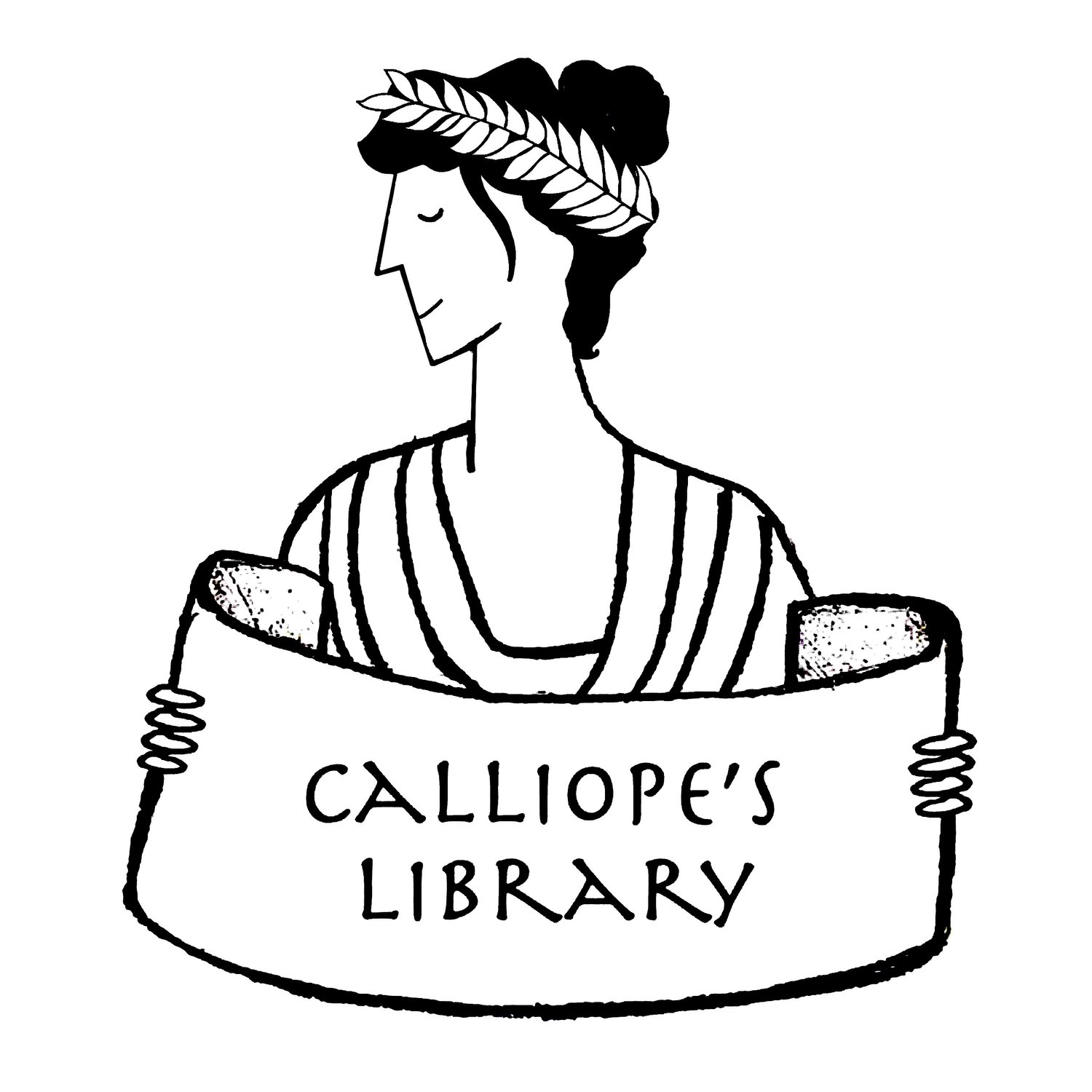Title: Escape from Pompeii
Author and Illustrator: Christina Balit
Date: 2003
Tags: Preschool, Picture book, Ancient Civilization, Rome, Ancient worlds, Pompeii, English
Readers interested in a scholarly approach to children’s literature may consult this title on Our Mythical Childhood Survey*
This book tells the story of the eruption of Mt. Vesuvius that buried the ancient Roman city of Pompeii from the point of view of a young boy named Tranio and his friend Livia. Tranio is the son of an actor, and he paints a vivid picture of life in a lively, thriving Roman port city before the volcano erupts. The locations that he visits—the port, the theater, and Livia’s family bakery— are all recognizable places in the excavated parts of the city. The eruption itself is terrifying and tragic, but Christina Balit handles it well. There’s never any doubt that Tranio and Livia will make it out of Pompeii safely, and the story acknowledges the grief that comes with so great a loss. The book ends with an afterword that explains Pompeii’s history as an archaeological site and reassures readers that we are monitoring the volcano very carefully, so there’s no danger of another surprise eruption.
Christina Balit is as devoted to getting the details right here as she is in all her books. Her illustrations are full of archaeological features, from the painted Latin street names down to the loaves of bread in the bakery’s oven. On the last page, the illustration shows the people who didn’t escape the eruption buried in the earth among the ruins as if they are sleeping, waiting to be excavated. This book is particularly good for families who are planning to visit Italy. It gives a wealth of information about daily life in ancient Rome and the archaeological site of Pompeii. – Krishni Burns
* For further information on the Our Mythical Childhood Survey, please refer to the website of the project “Our Mythical Childhood” [link: http://omc.obta.al.uw.edu.pl/], led by Prof. Katarzyna Marciniak at the Faculty of “Artes Liberales,” University of Warsaw, Poland, with the participation of Bar Ilan University, University of New England, University of Roehampton, University of Yaoundé 1, and other affiliated scholars, within the funding from the European Research Council (ERC) under the European Union’s Horizon 2020 Research and Innovation Programme (grant agreement No 681202).


